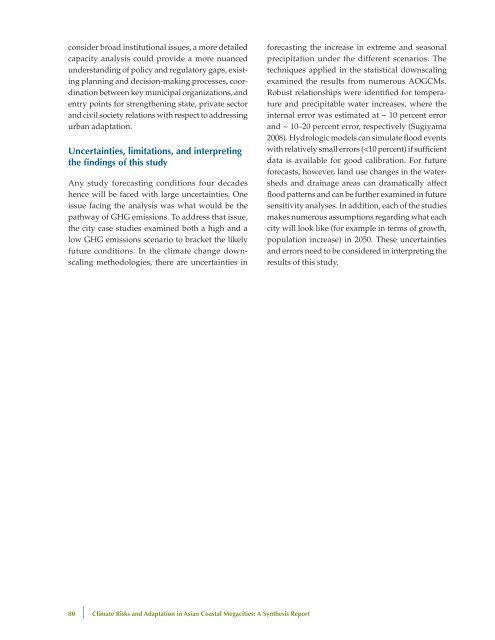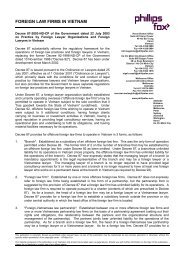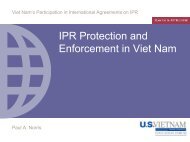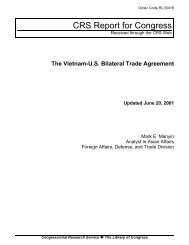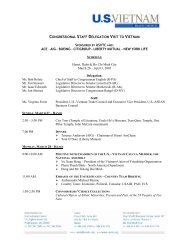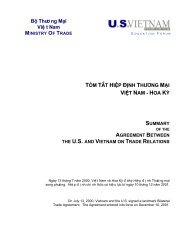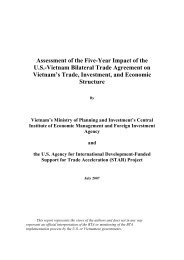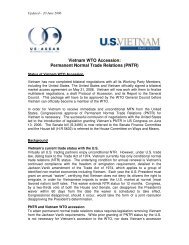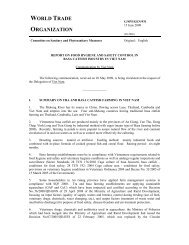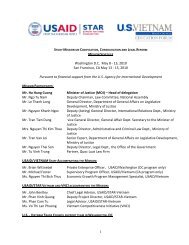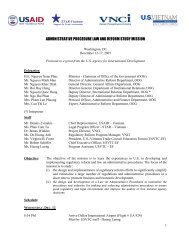Climate risks and adaptation in Asian coastal megacities: A synthesis
Climate risks and adaptation in Asian coastal megacities: A synthesis
Climate risks and adaptation in Asian coastal megacities: A synthesis
- No tags were found...
You also want an ePaper? Increase the reach of your titles
YUMPU automatically turns print PDFs into web optimized ePapers that Google loves.
consider broad <strong>in</strong>stitutional issues, a more detailedcapacity analysis could provide a more nuancedunderst<strong>and</strong><strong>in</strong>g of policy <strong>and</strong> regulatory gaps, exist<strong>in</strong>gplann<strong>in</strong>g <strong>and</strong> decision-mak<strong>in</strong>g processes, coord<strong>in</strong>ationbetween key municipal organizations, <strong>and</strong>entry po<strong>in</strong>ts for strengthen<strong>in</strong>g state, private sector<strong>and</strong> civil society relations with respect to address<strong>in</strong>gurban <strong>adaptation</strong>.Uncerta<strong>in</strong>ties, limitations, <strong>and</strong> <strong>in</strong>terpret<strong>in</strong>gthe f<strong>in</strong>d<strong>in</strong>gs of this studyAny study forecast<strong>in</strong>g conditions four decadeshence will be faced with large uncerta<strong>in</strong>ties. Oneissue fac<strong>in</strong>g the analysis was what would be thepathway of GHG emissions. To address that issue,the city case studies exam<strong>in</strong>ed both a high <strong>and</strong> alow GHG emissions scenario to bracket the likelyfuture conditions. In the climate change downscal<strong>in</strong>gmethodologies, there are uncerta<strong>in</strong>ties <strong>in</strong>forecast<strong>in</strong>g the <strong>in</strong>crease <strong>in</strong> extreme <strong>and</strong> seasonalprecipitation under the different scenarios. Thetechniques applied <strong>in</strong> the statistical downscal<strong>in</strong>gexam<strong>in</strong>ed the results from numerous AOGCMs.Robust relationships were identified for temperature<strong>and</strong> precipitable water <strong>in</strong>creases, where the<strong>in</strong>ternal error was estimated at ~ 10 percent error<strong>and</strong> ~ 10–20 percent error, respectively (Sugiyama2008). Hydrologic models can simulate flood eventswith relatively small errors (


